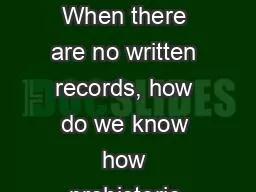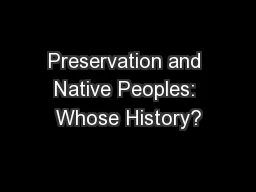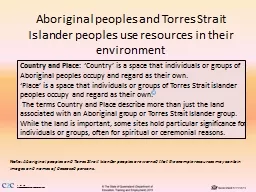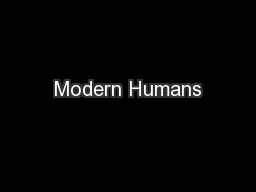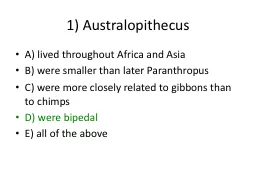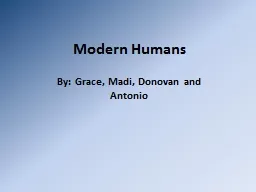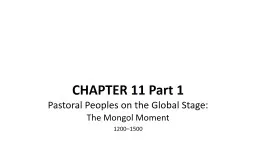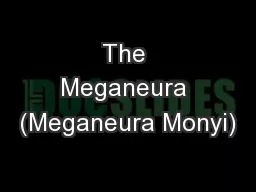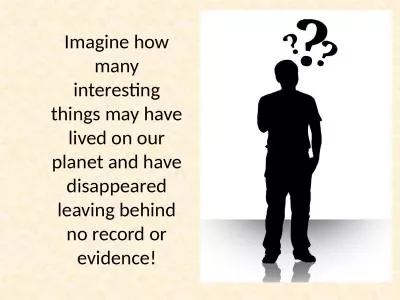PPT-Prehistoric peoples When there are no written records, how do we know how prehistoric
Author : shangmaxi | Published Date : 2020-08-03
Archaeology httpbamauaedualaarchWhatisarchaeologyindexhtm Siteartifact evidence inference Several Ways to Date Artifacts 1 Stratigraphic datingaccording to the
Presentation Embed Code
Download Presentation
Download Presentation The PPT/PDF document "Prehistoric peoples When there are no w..." is the property of its rightful owner. Permission is granted to download and print the materials on this website for personal, non-commercial use only, and to display it on your personal computer provided you do not modify the materials and that you retain all copyright notices contained in the materials. By downloading content from our website, you accept the terms of this agreement.
Prehistoric peoples When there are no written records, how do we know how prehistoric: Transcript
Download Rules Of Document
"Prehistoric peoples When there are no written records, how do we know how prehistoric"The content belongs to its owner. You may download and print it for personal use, without modification, and keep all copyright notices. By downloading, you agree to these terms.
Related Documents

